Imagine a world where schools market themselves like rockstars – with all the glitz but none of the guitar smashes. Creativity meets technology in the new era of digital marketing for schools as chat boards replace chalkboards. In this digital playground, staying ahead means keeping up with trends and setting them. That’s where Plerdy steps in – offering tools that turn data into decisions, helping schools reach and resonate with their audience. Here, we’ll dive into the top 10 digital marketing strategies transforming how schools connect, engage, and inspire. Buckle up; it’s going to be an enlightening ride!

Understanding the Digital Landscape in Education
In an era where a single online post can dramatically alter a school’s image instantly, grasping the digital environment within the school sector is crucial; it’s an essential strategy for thriving. The era of generic marketing approaches has passed. The digital world of school marketing presents a kaleidoscope of varied tactics, each specifically crafted for distinct audiences.
The Role of Technology in School Marketing
In this era of digital revolution, technology stands as the cornerstone of marketing in the educational sector. Integrating AI, data analysis, and cloud solutions allows schools to customize communication, forging stronger connections with students and families. Digital tools and platforms shift the emphasis from broad, unspecific advertisements to focused, data-oriented strategies. Tools like Plerdy’s heatmaps provide insights into user interactions, empowering schools to optimize their websites for maximum engagement. This advancement in technology is not merely about keeping pace with competitors; it’s about comprehensively understanding the digital patterns of your target groups.
Adjusting to Contemporary Consumer Habits
Modern parents and students, as digital natives, are well-versed in online searches, social media, and digital shopping. Their expectations are molded by their experiences with digital giants like Amazon and Netflix, where ease and customization are paramount. For educational institutions, this translates into adopting a user-focused approach in their digital marketing strategies. More online presence is needed; schools must create a resonant digital experience. As per a report by EdTechReview, over 90% of students utilize digital learning tools at home, indicating a seamless integration of digital technology into their everyday lives.
Grasping the digital environment in education entails embracing transformation, utilizing technological advancements, and meeting the changing needs of your audience. It’s an ever-changing landscape requiring constant awareness and flexibility. As educational institutions traverse this digital domain, they’re doing more than just marketing; they’re forging a path toward the future of education.
Elevating School Websites for Enhanced Digital Marketing Impact
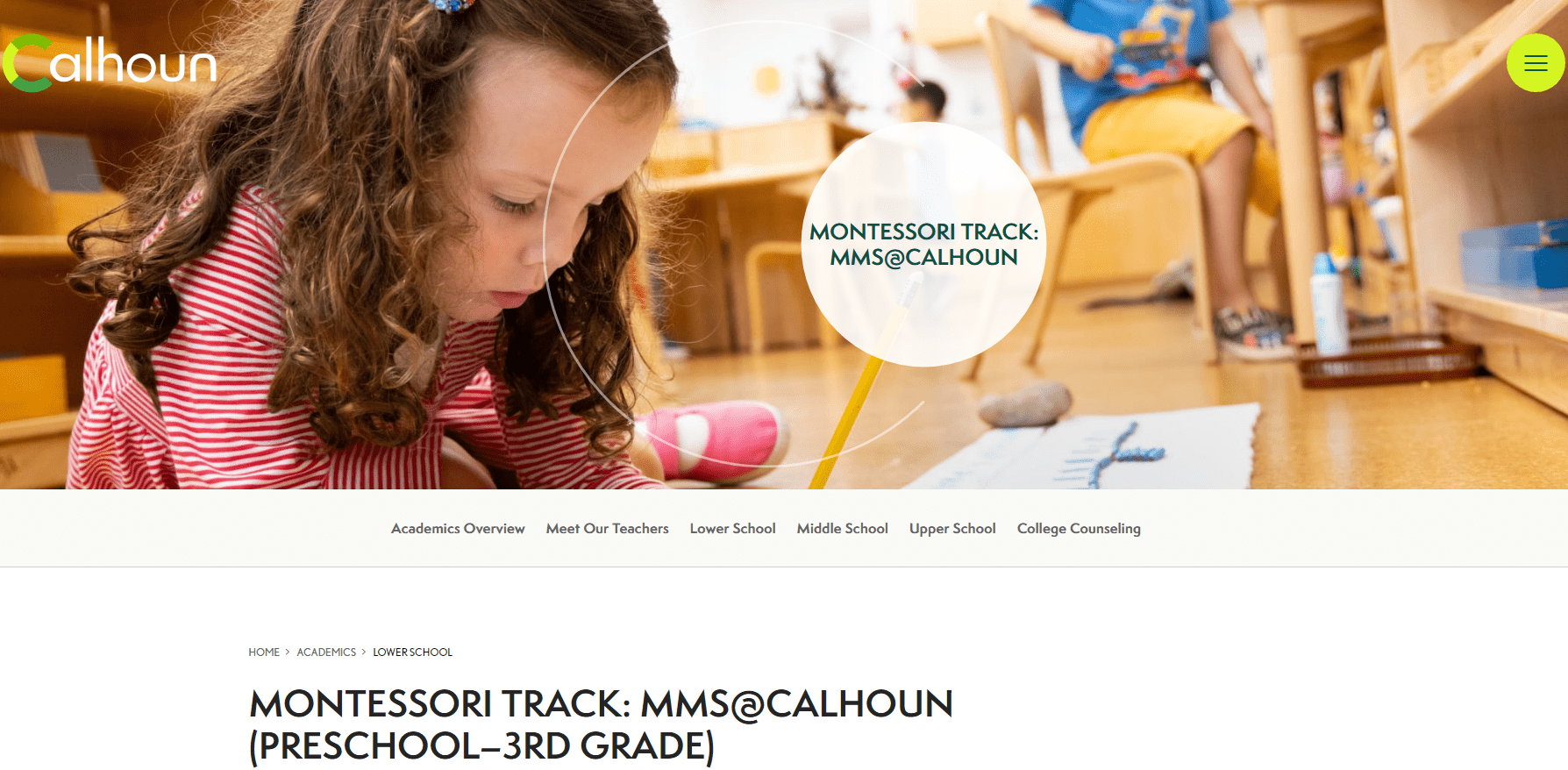
A school’s website is a cornerstone of its digital marketing strategy, serving as an online brochure and the primary digital gateway to your educational offerings. In this era of rapid online browsing, a school’s website must do more than provide information—it should be an engaging marketing tool. Optimizing your school’s website is comparable to hosting a virtual open day every day for a global online audience.
Designing School Websites with Marketing in Mind
Website design is crucial to a school’s digital marketing strategy. It should embody the school’s ethos and educational philosophy. A clean, user-friendly layout with a responsive design is vital for effective digital marketing. Considering Statista’s report that over 50% of global web traffic is from mobile devices, a mobile-first design is imperative for successful school marketing. Integrating features like virtual tours can provide a realistic campus feel, effectively blending the digital marketing strategy with the physical experience of the school.
Mobile Optimization for Effective School Marketing
Beyond responsive design, mobile optimization is a key factor in digital marketing for schools. Ensuring quick load times, user-friendly navigation, and accessible content are essential for a successful digital marketing strategy. Using tools like Google’s Mobile-Friendly Test can be instrumental in evaluating your site’s mobile marketing effectiveness. A poor mobile experience might hurt your school’s digital marketing and turn off students. Additionally, ADA compliance is crucial for inclusive digital marketing, ensuring the website is accessible to all users, including those with disabilities.
A school’s website is integral to its digital marketing arsenal, blending aesthetics, functionality, and accessibility. It’s the digital handshake in your marketing efforts, making the first impression on prospective students and families. Following these guidelines, a school’s website becomes more than just another online tab; it’s a compelling, informative, and inspiring digital marketing portal.
Leveraging SEO for Greater Visibility
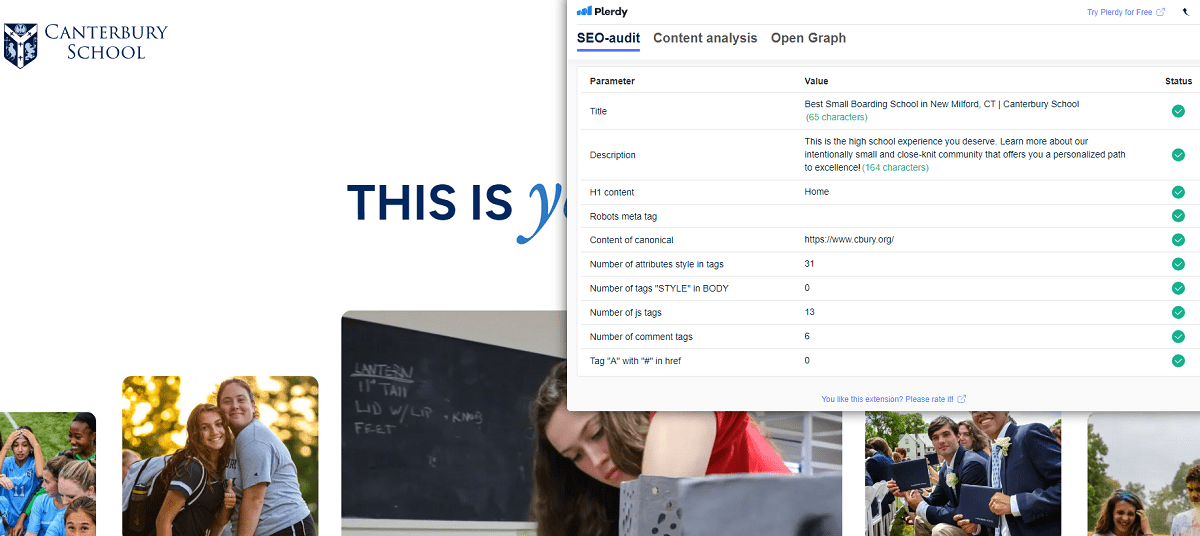
In the vast ocean of online information, SEO is the lighthouse that guides prospective students and parents to your school’s website. It’s not just about being online; it’s about being found. According to BrightEdge, most online experiences begin with a search engine; thus, schools need a strong SEO strategy to stand out.
SEO Basics for Schools
SEO for schools starts with understanding what your target audience is searching for. This involves keyword research to identify terms that prospective students and parents use. Incorporating these keywords into your website’s content, from blog posts to the homepage, enhances visibility. Remember, it’s not about stuffing keywords but integrating them naturally into quality, informative content. Tools like Google Keyword Planner can be invaluable in this process.
Advanced SEO Techniques
Beyond basic keyword integration, advanced SEO encompasses technical aspects like improving site speed, securing your site with HTTPS, and ensuring a mobile-friendly design. Backlinking, where other reputable sites link back to yours, also boosts your site’s authority and ranking. Regularly adding new material shows search engines that your site is active and relevant. Utilize analytics tools to track your SEO performance and make data-driven decisions.
SEO is essential to school digital marketing. By blending basic SEO practices with advanced techniques, your school’s online presence can move from the back pages of search results to the spotlight. It’s a continuous improvement and adaptation journey, but the increased visibility and engagement are worth the effort.
Effective Email Marketing Strategies
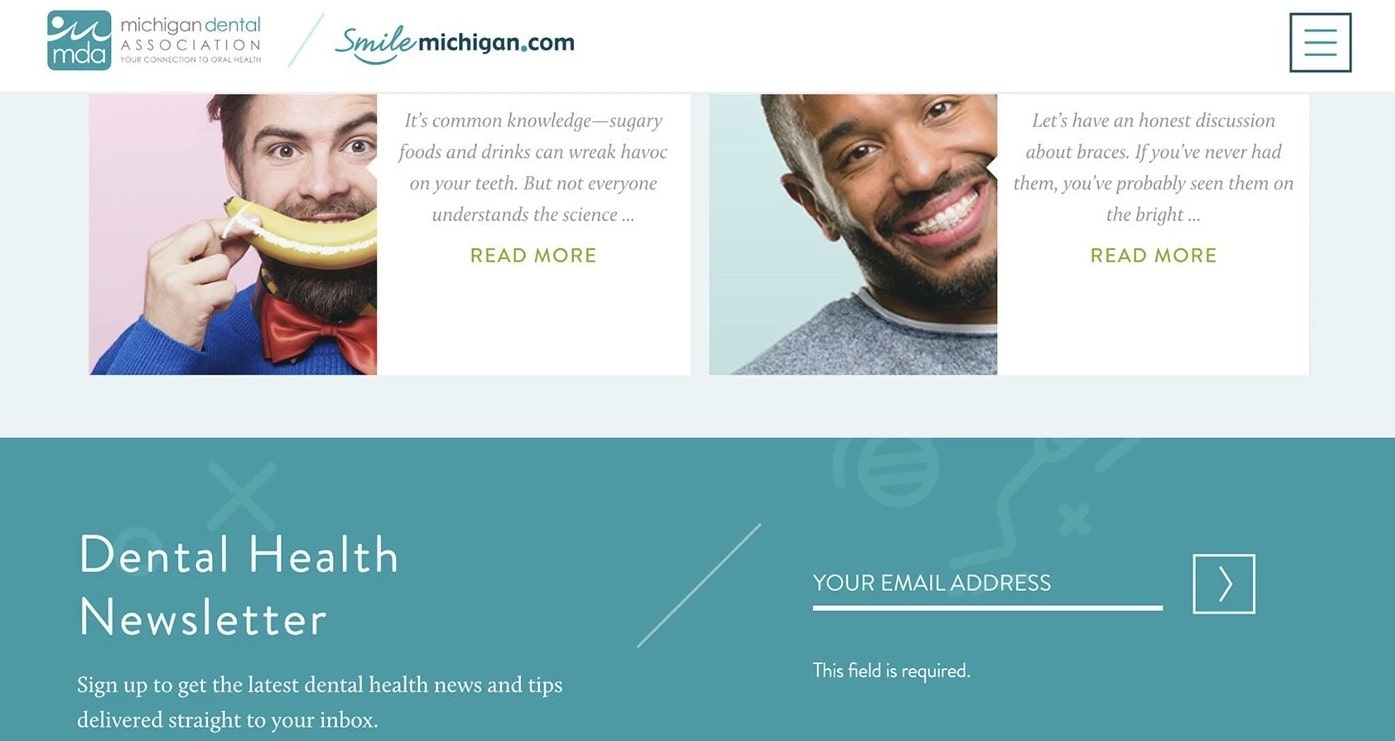
In education, email marketing is about creating relationships, not just sending messages. With an average ROI of $42 for every $1 spent, as reported by Litmus, email marketing remains a potent tool for schools to communicate, engage, and convert. It’s about delivering the right message at the right time to the right audience.
Crafting Compelling Emails
The first step is to create emails that resonate. This means having a clear, engaging subject line that prompts open and content that provides real value. Content should be engaging, whether about a unique educational program, student success stories, or useful tools. Personalization plays a key role here. Using the recipient’s name, segmenting the email list based on interests or engagement levels, and tailoring the content accordingly can significantly increase the effectiveness of your emails.
Segmentation and Automation in Email Marketing
Segmenting your email list allows for more targeted communication. For instance, prospective students might receive emails about open days and application tips, while current families get updates about school events or policy changes. Coupling segmentation with automation – like sending a welcome email series to new subscribers or timely reminders to applicants – ensures consistent communication without overwhelming your marketing team. Automation tools can help schedule and manage these emails efficiently, providing analytics to refine and improve your strategies.
Effective email marketing for schools is a blend of art and science. It’s about understanding your audience, crafting messages that speak to them, and using technology to deliver them efficiently and effectively. Remember, every email is an opportunity to strengthen the connection between your school and its community.
Embracing the Power of Video Marketing
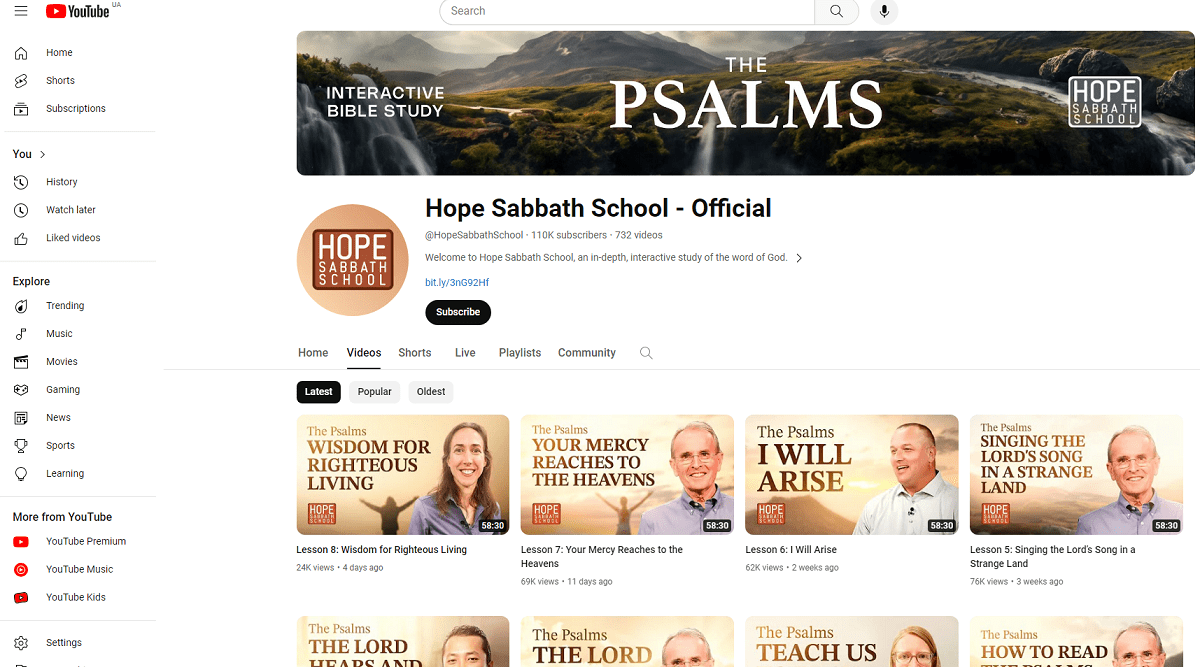
Where a picture is worth a thousand words, a video may be worth a million. Video marketing in education isn’t just a trend; it’s a powerful storytelling tool. With 54% of consumers wanting to see more video content from brands they support, as per HubSpot, schools have a unique opportunity to connect and engage with their community through this dynamic medium.
Types of Video Content for Schools
The spectrum of video content for schools is broad and creative. Each video serves a purpose, from showcasing campus life through virtual tours to sharing student and teacher testimonials. Highlighting extracurricular activities, academic programs, or even day-to-day school life can give prospective families a real taste of what it’s like to be part of your community. Educational videos, such as mini-lectures or how-to guides, position your school as not just a place of learning but also a resource hub.
Best Practices for Video Production
Creating videos doesn’t necessarily require a Hollywood budget. It’s about authenticity and clarity. Keep videos short, engaging, and to the point. Ensure good lighting and clear audio, which are fundamental for a professional look and feel. Videos should also be accessible, with captions for those who are hearing-impaired. A call-to-action (CTA), like visiting the school’s website for more information or contacting the admissions office, can convert viewers into prospective students or parents.
Video marketing allows schools to tell their story in ways that words alone cannot. It’s an investment in creating a visual and emotional connection with your audience, showcasing the vibrancy and uniqueness of your school’s community and offerings. Whether through a heartfelt student story or a virtual campus walkthrough, each video is a chapter in your school’s story, inviting the viewer to participate.
Social Media Strategies for Engagement and Growth
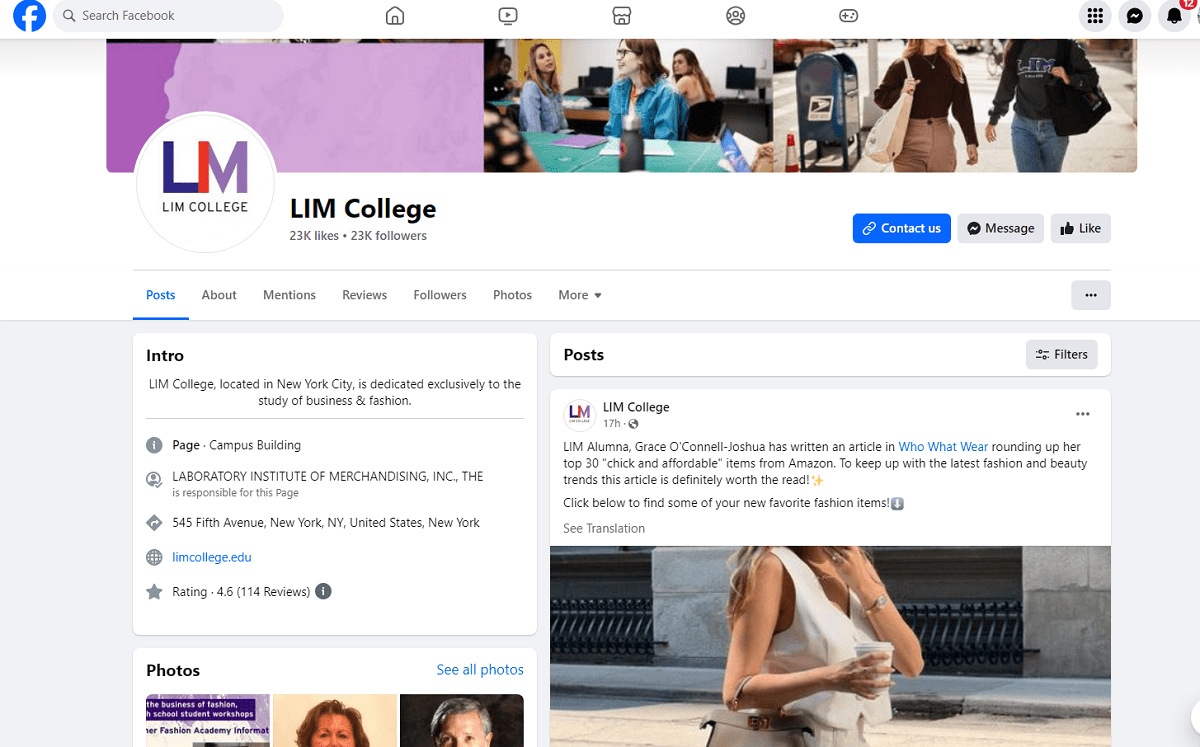
Social media is not just a digital gathering place; it’s a vibrant, interactive platform for schools to connect with their community. In an era where almost 4.48 billion people actively use social media, as per Statista, schools must recognize the potential of these platforms for engagement and growth.
Choosing the Right Social Media Platforms
For educational institutions, LinkedIn is best for connecting with alumni and professionals, while Instagram and Facebook are better for engaging current students and parents. Each platform has its style and audience, so tailoring your strategy to each is crucial for success.
Content and Engagement Strategies
The content posted on social media should reflect your school’s values, achievements, and community spirit. From celebrating student successes to sharing updates about school events, each post should add value and encourage interaction. Engaging with your audience is also vital. Your school’s online profile can improve by responding to comments, giving useful information, and starting conversations. Schedulers help you post regularly and enlighten your audience.
An effective social media strategy for schools involves more than just regular postings. It’s about creating a community, engaging in meaningful conversations, and providing a window into the unique world of your school. Schools can use social media to connect, engage, and grow with the appropriate approach, improving their online presence and reputation.
Leveraging Digital Reviews and Testimonials for School Marketing
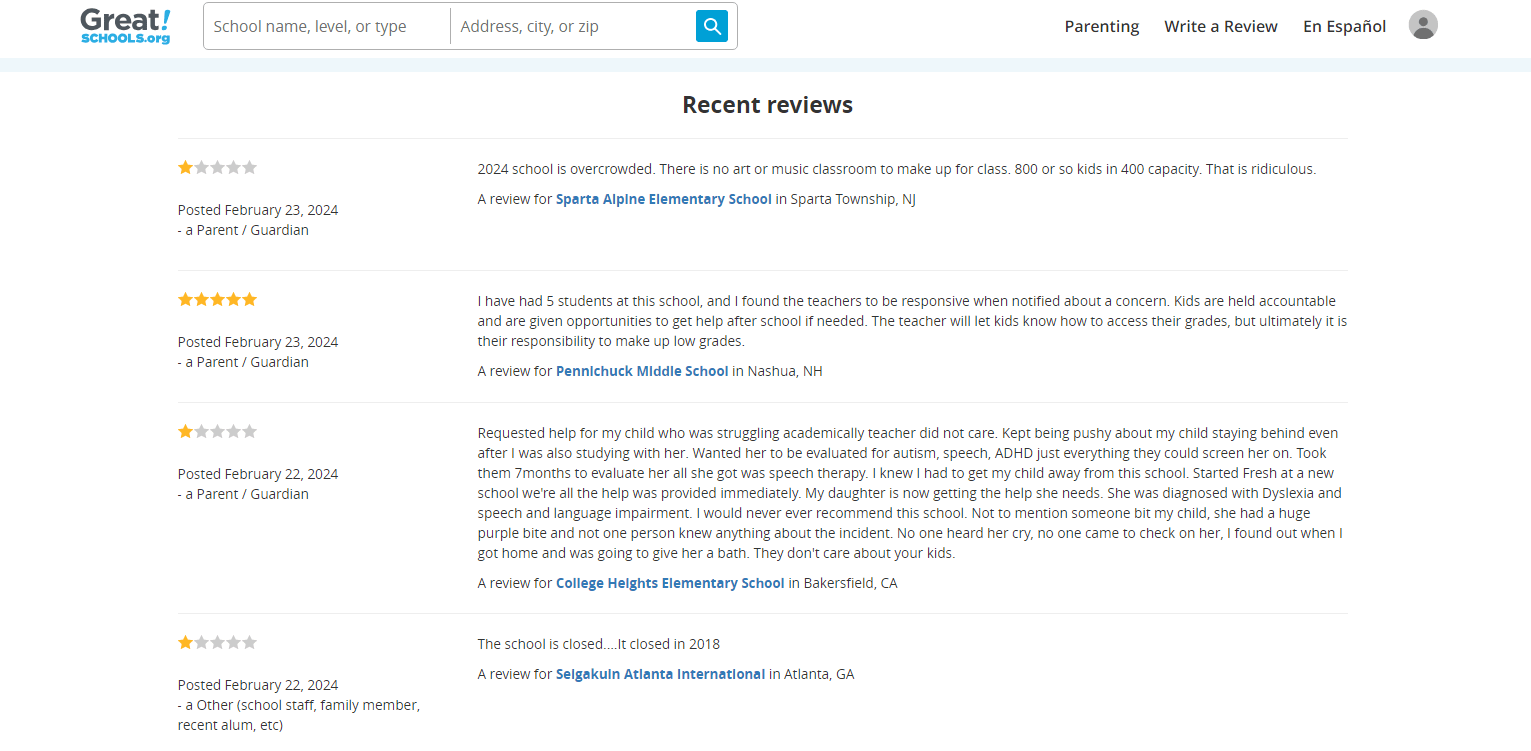
In today’s digital-centric world, a school’s reputation is heavily influenced by its online presence, making the strategic use of reviews and testimonials a key aspect of digital marketing. With statistics from Podium indicating that online reviews and leveraging these testimonials influence 93% of consumers, it is an invaluable strategy for school marketing.
Enhancing School Image with Positive Online Testimonials
Positive reviews are more than mere accolades; they are potent marketing tools that can persuasively appeal to potential families. Schools can bolster their digital image by encouraging current students and parents to post their genuine experiences online. This can be achieved through email campaigns, newsletters, or direct engagement during school events. Authenticity in these testimonials is crucial, as genuine reflections resonate more deeply with the digital audience.
Engaging with Feedback in Digital Marketing
Effectively managing a school’s digital presence involves actively engaging with online reviews. Addressing both commendations and criticisms demonstrates that the school is receptive and dedicated to ongoing enhancement. This practice is integral to digital marketing and showcases the school’s commitment to community and educational values. Timely and intelligent replies to negative criticism can turn obstacles into opportunities, demonstrating the school’s commitment to students and families.
Utilizing online reviews and testimonials is a pivotal strategy in a school’s digital marketing plan. Schools can solidify their reputation by proactively nurturing and managing these elements, fostering trust with prospective families, and cultivating a strong sense of community. Each review serves as a narrative of the school’s impact, as seen through the lens of those most familiar with it – the students and their families.
Utilizing Influencer and Alumni Marketing

In school marketing, the voices of influencers and alumni resonate with authenticity and trust. Leveraging their experiences and reach can transform how prospective families view your school. With 49% of consumers depending on influencer recommendations, as reported by Oberlo, the power of influencer and alumni marketing in education cannot be underestimated.
Identifying and Engaging with Influencers
Influencer marketing works best when it matches your school’s beliefs and aims. This might be a local personality aligning with your school’s ethos or an alum significantly impacting their field. Engaging with these influencers involves creating partnerships where they can share their genuine experiences and insights about your school. This could be through social media posts, guest blogs, or speaking at school events.
Leveraging Alumni Networks
Alumni are not just former students but ambassadors of your school’s legacy. Engaging them for marketing can take many forms, from featuring their success stories on your website to inviting them to share their journey with current students. Alumni testimonials provide a real-life glimpse into the outcomes of your school’s education, making them a powerful tool in convincing prospective families about the value of your institution.
Influencer and alumni marketing is about harnessing the power of real stories and genuine experiences. These approaches bring the credibility and relatability that traditional marketing channels need to achieve. By strategically leveraging these voices, schools can create a more compelling and authentic narrative that resonates with potential students and their families.
Paid Advertising and Retargeting Techniques
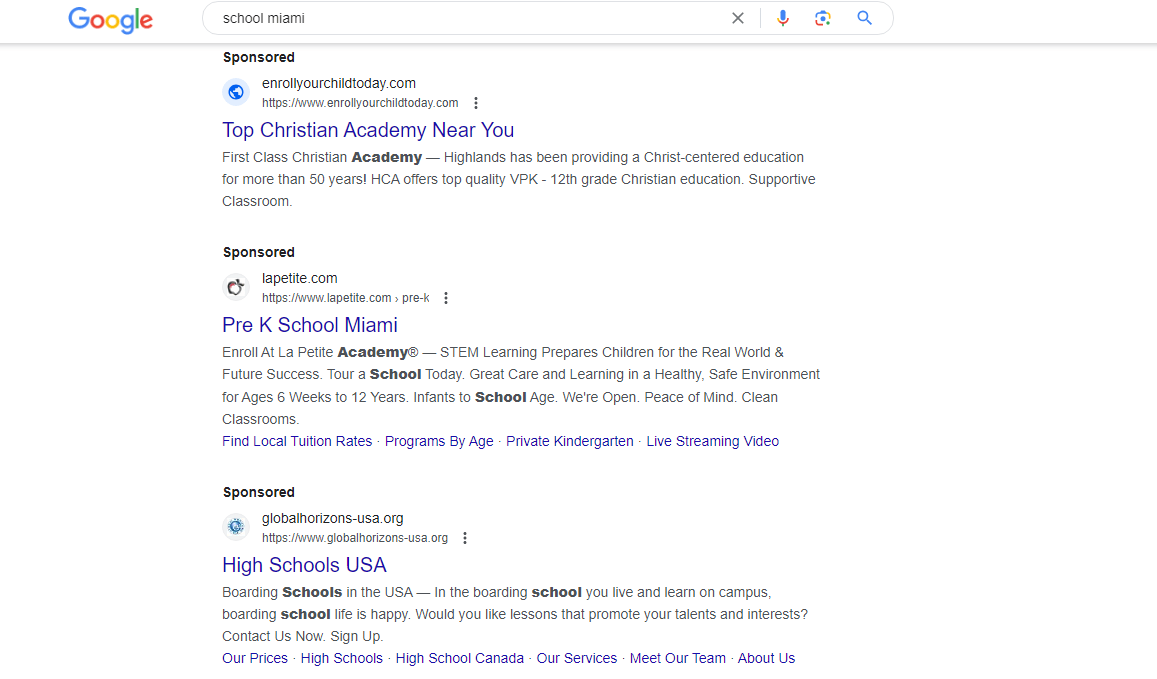
In the digital marketing landscape, paid advertising and retargeting are like the chess moves that strategically place your school in front of the right audience. WordStream says 64.6% of online shoppers click on Google Ads, proving that well-planned paid advertising works.
Developing Effective Paid Advertising Campaigns
The success of paid advertising lies in targeting the right demographic. This involves identifying key characteristics of your target audience, such as location, age, and interests and then tailoring your ads to resonate with them. Google Ads and Facebook Ads can help schools reach prospective students and parents with engaging content. The key is to craft messages that highlight the unique aspects of your institution, be it academic excellence, a vibrant community, or exceptional extracurricular opportunities.
Mastering the Art of Retargeting
Retargeting is about reminding those who have shown interest in your school but have yet to take action. Schools can target these individuals with specific ads using cookies, encouraging them to revisit the website or complete an application. This technique ensures your school stays top-of-mind and often results in higher conversion rates as you target a previously engaged audience.
Leveraging the power of paid advertising and retargeting can significantly boost your school’s online visibility and enrollment rates. These techniques allow for precise targeting, ensuring that your marketing efforts reach and resonate with those most likely to be interested in your school’s offerings. Schools can create a powerful and persuasive online presence by strategically placing and timing these ads.
Crafting Interactive and Marketing-Focused Content for Schools
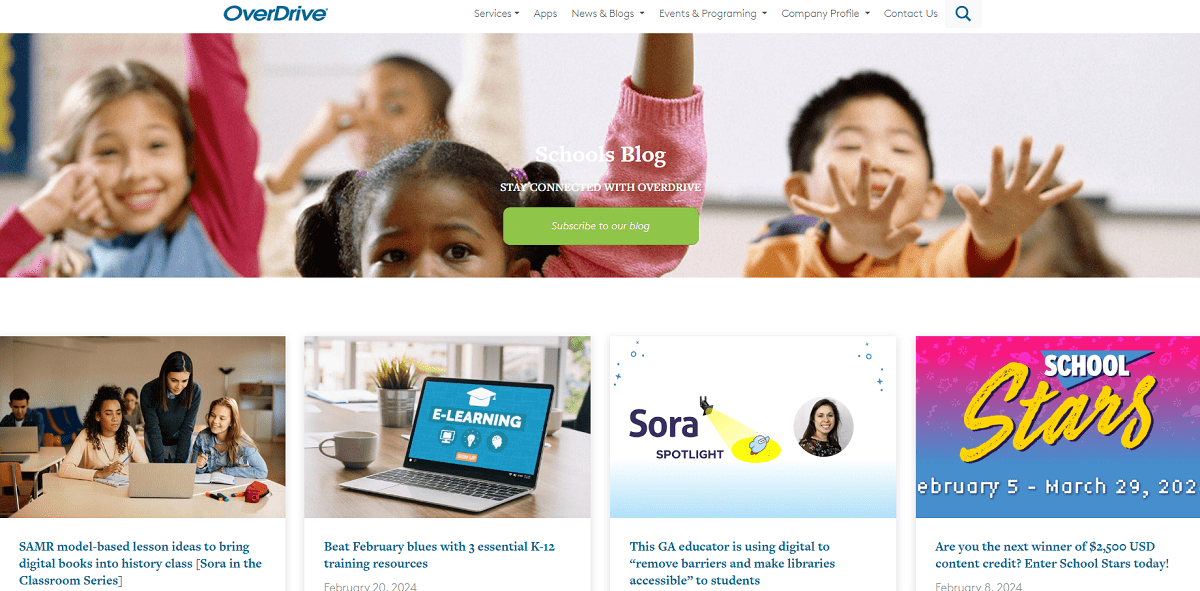
In the current digital marketing era, where capturing attention is crucial, creating interactive and engaging content is a key strategy for school marketing. It’s about sharing information and designing experiences that captivate and educate. According to the Content Marketing Institute, educational digital marketing relies on interactive content, which engages twice as much as static information.
Diverse Interactive Content for Effective School Marketing
Schools can enhance their digital marketing efforts by incorporating various types of interactive content. This includes engaging quizzes, interactive polls, virtual reality campus tours, and dynamic infographics. These engaging tools provide valuable insights into audience interests, crucial for effective school marketing. For instance, an interactive course selection quiz can engage prospective students while guiding them to programs that match their interests, serving as a strategic marketing tool. Virtual tours offer a lifelike glimpse of the school setting, enhancing the school’s digital marketing appeal.
Best Practices for Interactive Marketing Content in Schools
In developing interactive content for school marketing, prioritizing clarity and user experience is key. Considering today’s diverse content consumption habits, the content should be easy to navigate, relevant to the audience’s needs, and compatible across various devices. Incorporating calls-to-action in interactive content is an effective marketing strategy, directing users toward further engagement with the school, such as contacting admissions, subscribing to updates, or participating in school events.
Interactive and engaging content is vital to a school’s digital marketing strategy. It makes passive viewers active, creating memorable experiences and affecting education. By effectively leveraging interactive content, schools can excel in informing, educating, and marketing to and captivating prospective students and their families in the digital age.
Conclusion
In the digital era, schools must navigate an ever-evolving landscape where effective marketing strategies are crucial for growth and engagement. Each method works differently to connect with your audience, from video marketing to alumni stories. Remember, the journey doesn’t end here. The world of digital marketing is vast and full of possibilities. To continue exploring innovative strategies and to gain deeper insights into enhancing your school’s digital presence, dive into more articles here on Plerdy’s blog. And, if you’re looking to elevate your school’s online strategy, Plerdy’s comprehensive tools are the perfect companion to guide you through this dynamic digital journey.
